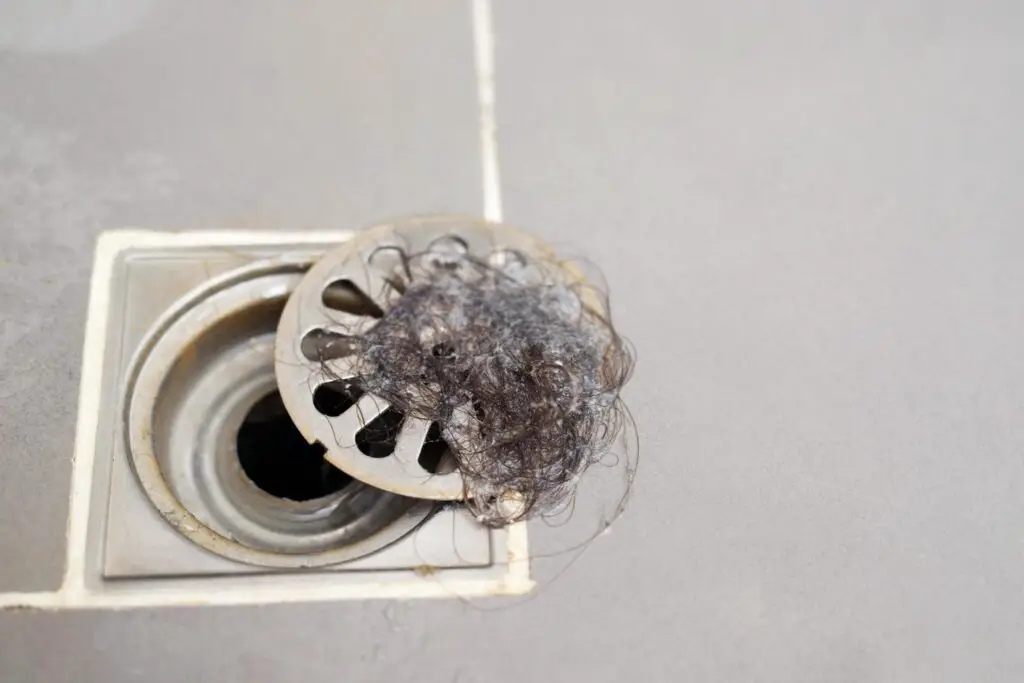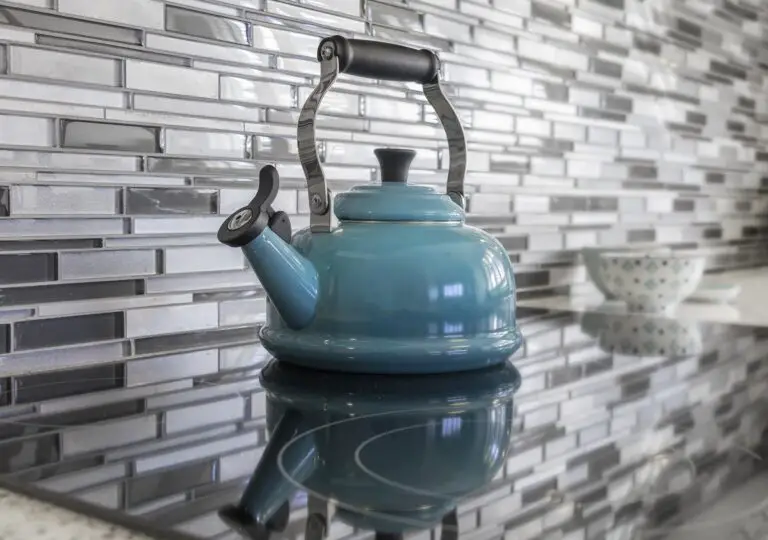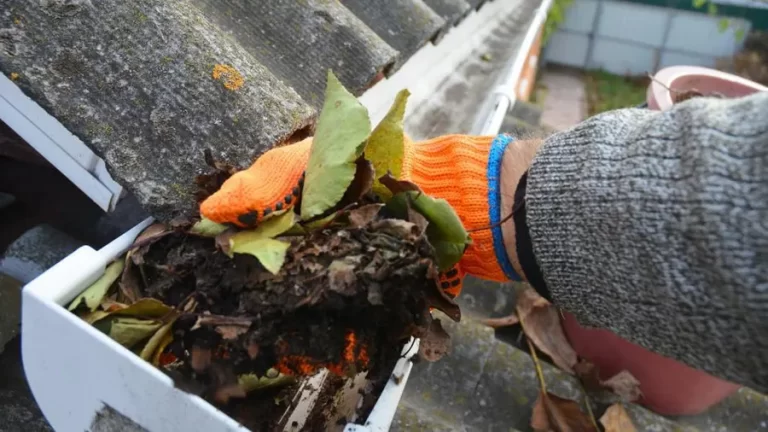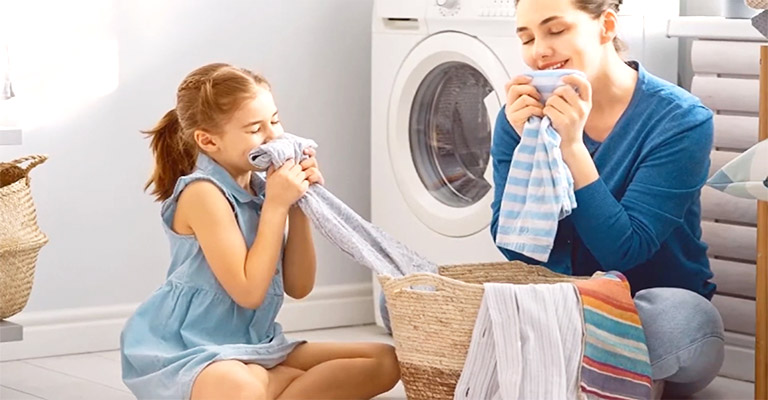How to Clean Shower Drain

Shower drains are an essential part of any bathroom, and they can easily become clogged with hair, soap scum, and other debris. A clogged shower drain can lead to slow drainage and unpleasant odors, making it important to keep it clean. However, cleaning a shower drain can be a daunting task for many people, especially if they are not sure where to start.
Fortunately, cleaning a shower drain is not as difficult as it may seem. With the right tools and techniques, anyone can keep their shower drain clean and free of clogs. In this article, we will provide some simple tips and tricks for cleaning a shower drain effectively. From removing hair and debris to preventing future clogs, we will cover everything you need to know to keep your shower drain in top condition.
Identifying the Type of Shower Drain
When it comes to cleaning a shower drain, it is important to first identify the type of drain cover in order to clean it effectively. There are several types of shower drain covers, each with their own unique features and cleaning requirements.
Screw-In Drain Covers
Screw-in drain covers are the most common type of shower drain cover. These covers are held in place by screws and can be removed by unscrewing them from the drain. To clean this type of drain cover, simply remove it and wipe it clean with a damp cloth.
Snap-On Drain Covers
Snap-on drain covers are another common type of shower drain cover. These covers snap into place and can be removed by gently prying them up with a flathead screwdriver. To clean this type of drain cover, remove it and wipe it clean with a damp cloth.
Toe-Touch Drain Covers
Toe-touch drain covers are a type of drain cover that can be opened and closed with your toes. These covers are typically found in bathtub drains. To clean this type of drain cover, simply lift it out of the drain and wipe it clean with a damp cloth.
Levered Drain Covers
Levered drain covers are a type of drain cover that can be opened and closed by pulling or pushing a lever. To clean this type of drain cover, simply lift it out of the drain and wipe it clean with a damp cloth.
Push-Pull Drain Covers
Push-pull drain covers are a type of drain cover that can be opened and closed by pushing or pulling on the cover. To clean this type of drain cover, simply lift it out of the drain and wipe it clean with a damp cloth.
By identifying the type of shower drain cover, you can clean it effectively and keep your shower drain running smoothly.
Gathering Necessary Cleaning Tools
Cleaning a shower drain requires some basic tools that can be found in most households. Here are some of the essential tools that one should gather before starting the cleaning process:
Plunger
A plunger is a common tool used for unclogging shower drains. It works by creating suction that dislodges any blockages in the drain. To use a plunger, cover the drain with the plunger and push down gently, then pull up with force to create suction. Repeat this process until the blockage is cleared.
Drain Snake
A drain snake is a flexible wire tool that can reach deep into the drain to remove any blockages. To use a drain snake, insert it into the drain and twist it clockwise until it reaches the blockage. Then, pull it out while twisting counterclockwise to remove the blockage.
Baking Soda and Vinegar
Baking soda and vinegar are common household items that can be used to clean shower drains. To use this method, pour a cup of baking soda down the drain followed by a cup of vinegar. Let the mixture sit for 10-15 minutes before flushing the drain with hot water.
Commercial Drain Cleaner
Commercial drain cleaners are also an option for cleaning shower drains. However, it is important to read the label carefully and follow the instructions to avoid any damage to the pipes. It is also recommended to wear protective gloves when using commercial drain cleaners.
Protective Gloves
Protective gloves are important when cleaning shower drains as they protect the skin from harmful chemicals and bacteria. It is recommended to wear gloves when using any cleaning products or tools to ensure safety.
By gathering the necessary cleaning tools, one can effectively clean their shower drain and prevent any future blockages.
Step-by-Step Cleaning Procedure
Cleaning a shower drain is an essential part of maintaining a healthy and hygienic bathroom. Here is a step-by-step procedure to clean your shower drain.
Remove the Drain Cover
The first step is to remove the drain cover. Most shower drain covers come off easily with a screwdriver or by simply lifting them off. If the drain cover is stuck, try using a plunger to create suction and pull it out.
Manual Clog Removal
Once the drain cover is removed, you can start removing the clogs manually. Use a pair of gloves to protect your hands and a flashlight to see inside the drain. Use a straightened wire hanger or a drain snake to pull out any hair or debris that is clogging the drain. Be sure to dispose of the debris properly.
Chemical Clog Removal
If manual clog removal doesn’t work, try using a chemical drain cleaner. Be sure to read and follow the instructions carefully. Wear gloves and eye protection and keep the area well-ventilated. Pour the cleaner down the drain and wait for the recommended amount of time before flushing it with hot water.
Flushing the Drain
After removing the clogs, it is important to flush the drain with hot water. This will help remove any remaining debris and ensure that the drain is flowing freely. Boil a pot of water and pour it down the drain. Repeat this process a few times to ensure that the drain is completely clear.
By following these simple steps, you can clean your shower drain and ensure that your bathroom stays clean and hygienic.

Preventive Maintenance and Tips
Regular Flushing
Regular flushing is the simplest and most effective way to prevent clogs in your shower drain. After each shower, run hot water for a few minutes to flush out any hair, soap scum, and other debris that may have accumulated in the drain. This will help keep the drain clear and prevent clogs from forming.
Hair Catcher Installation
Installing a hair catcher in your shower drain is another effective way to prevent clogs. Hair catchers are inexpensive and easy to install, and they can catch most of the hair that would otherwise go down the drain. Simply remove the drain cover, place the hair catcher over the drain, and replace the cover. Be sure to clean the hair catcher regularly to prevent it from becoming clogged.
Avoiding Chemicals
While chemical drain cleaners may seem like a quick and easy solution, they can actually do more harm than good. Chemicals can damage your pipes and cause more serious clogs over time. Instead, try using a natural drain cleaner, such as a mixture of baking soda and vinegar. Simply pour the mixture down the drain, let it sit for a few minutes, and then flush it out with hot water.
By following these simple preventive maintenance tips, you can keep your shower drain clear and prevent clogs from forming.
Frequently Asked Questions (FAQs)
Q: What methods are effective for unclogging a hair-clogged shower drain?
A: There are several methods for unclogging a hair-clogged shower drain. One of the most effective methods is to use a drain snake or a plunger. Another option is to use a mixture of baking soda and vinegar or a commercial drain cleaner. It is important to avoid using harsh chemicals that can damage the pipes.
Q: How can you deodorize a smelly shower drain without professional help?
A: To deodorize a smelly shower drain, you can use a mixture of baking soda and vinegar. Simply pour the mixture down the drain and let it sit for at least 30 minutes before flushing with hot water. Another option is to use a commercial drain deodorizer or a mixture of lemon juice and salt.
Q: What are the steps to clean a non-removable shower drain?
A: To clean a non-removable shower drain, you can use a mixture of baking soda and vinegar or a commercial drain cleaner. First, remove any visible debris from the drain. Then, pour the mixture down the drain and let it sit for at least 30 minutes before flushing with hot water. It is important to avoid using harsh chemicals that can damage the pipes.
Q: What natural ingredients can be used to maintain a clean shower drain?
A: Several natural ingredients can be used to maintain a clean shower drain, including baking soda, vinegar, lemon juice, and salt. These ingredients can be used to deodorize the drain and prevent buildup. It is important to avoid using harsh chemicals that can damage the pipes.
Q: How do you safely remove and clean a shower drain trap?
A: To safely remove and clean a shower drain trap, first, turn off the water supply to the shower. Then, remove the drain cover and use pliers to unscrew the trap. Once the trap is removed, clean it with a mixture of baking soda and vinegar or a commercial drain cleaner. Rinse the trap with hot water and reattach it to the drain.
Q: What household products work best for dissolving shower drain buildup?
A: Several household products can be used to dissolve shower drain buildup, including baking soda, vinegar, lemon juice, and salt. These ingredients can be used to break down and dissolve buildup without damaging the pipes. It is important to avoid using harsh chemicals that can damage the pipes.
Conclusion
Mastering the art of how to clean your shower drain not only ensures a hygienic bathroom but also effectively combats the common nuisance of shower drain smells and clogged drains. Whether you’re dealing with persistent shower drain smells or frustrating shower drain clogs, simple household solutions like removing the drain plug and employing boiling water can work wonders.
For those with PVC pipes, remember to pour hot water cautiously to avoid damage. By adopting these straightforward strategies, you can maintain fresh, smelly shower drains, ensuring a cleaner, more inviting shower experience. This approach not only addresses immediate concerns but also contributes to the long-term upkeep of your bathroom’s plumbing system.






